Living with diabetes involves more than just managing blood sugar levels. Skin health, particularly on the feet, requires special attention—especially diabetic skin.
High glucose levels can impair circulation and nerve function, leading to dry, cracked, and irritated skin. In severe cases, this can escalate to complications like diabetic foot ulcers.
Understanding Diabetic Skin Challenges
Diabetic skin is more susceptible to dryness, irritation, and infections due to reduced blood flow and nerve damage. Maintaining skin hydration and integrity is crucial to prevent complications.
wund+™ Regeneration Cream: Soothing and Protecting Diabetic Skin
Long-Lasting Hydration
wund+™ Regeneration Cream from GWS Wellness is formulated to protect skin prone to dryness and irritation. Its gentle formula helps maintain moisture balance, soothes sensitive skin, and supports a strong skin barrier. Ideal for preventing common skin issues.
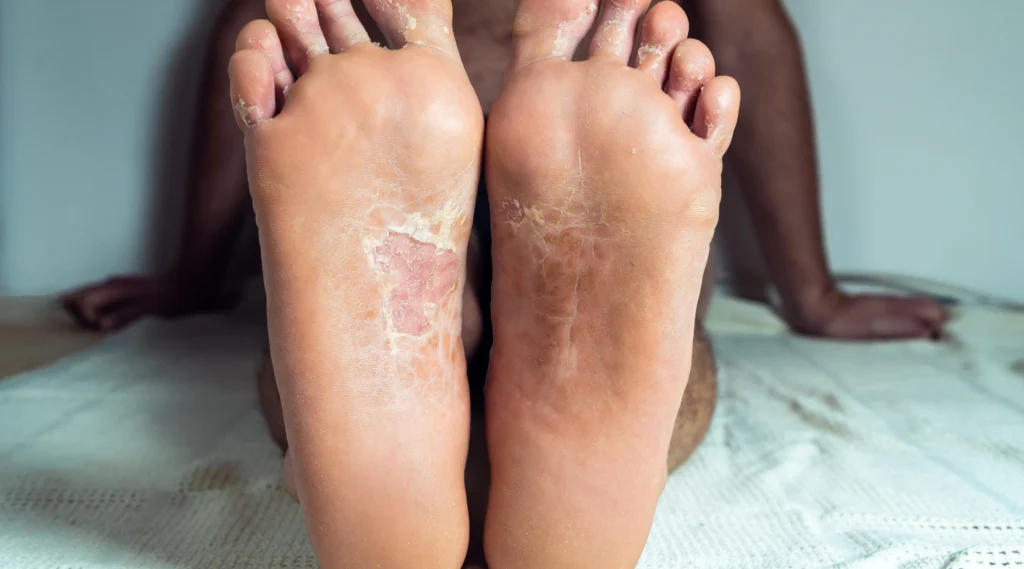
Preventing Skin Damage with MicroSilver™
Diabetic skin is more vulnerable to infections due to a weakened immune response and slower natural healing. MicroSilver™ in the cream offers antimicrobial properties, providing extra protection. This ingredient combats microbes that can damage healthy tissue, making it suitable for high-risk chronic skin. Unlike nano silver, its particles remain on the skin’s surface, offering long-term protection without deep absorption.
Simple Steps for Daily Diabetic Skin Care
- Apply wund+™ Regeneration Cream in the morning and evening, especially after bathing.
- Wear soft, breathable clothing to minimize friction.
- Regularly check skin, particularly on the feet, for signs of irritation or minor wounds.
- Maintain hydration and protect skin from extreme temperatures.
- Consistent daily care is essential to keep diabetic skin calm, comfortable, and protected.
Embrace Natural Care for Diabetic Skin
With the right approach and products like wund+™ Regeneration Cream, managing diabetic skin becomes more straightforward. Prioritizing hydration and protection ensures that the skin remains healthy, comfortable, and less prone to complications.
References
National Institute of Diabetes and Digestive and Kidney Diseases. (2020). “Diabetes, Skin Complications”.
Piquero-Casals, J., et al. (2021). “Urea in Dermatology: A Review of Its Emollient, Moisturizing, Keratolytic, Skin Barrier Enhancing, and Antimicrobial Properties”. Dermatol Ther (Heidelb), 11(6), 1905–1915.







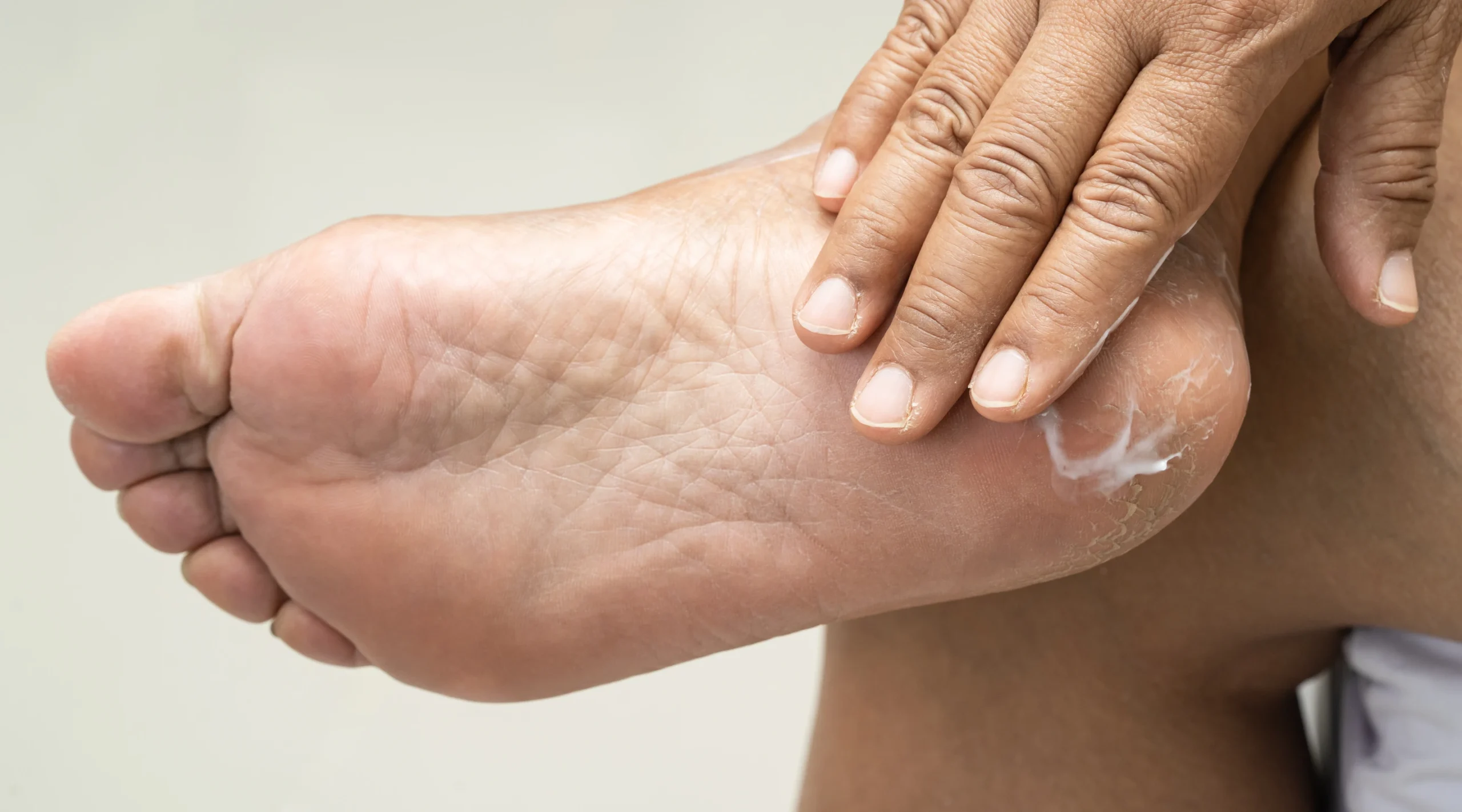
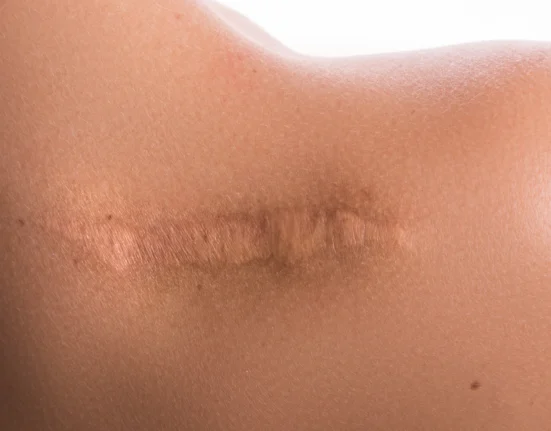
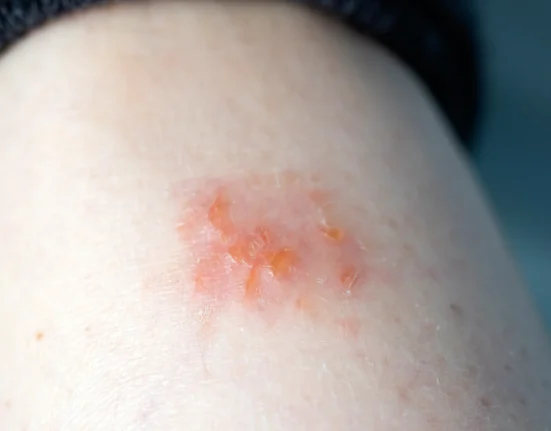
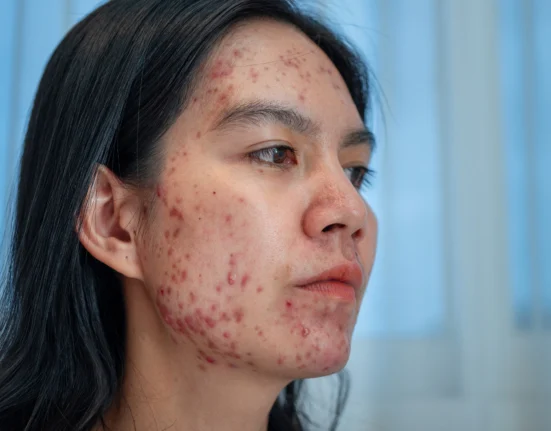
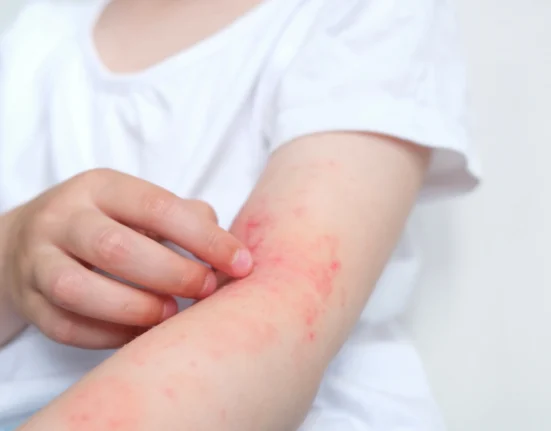


Leave feedback about this